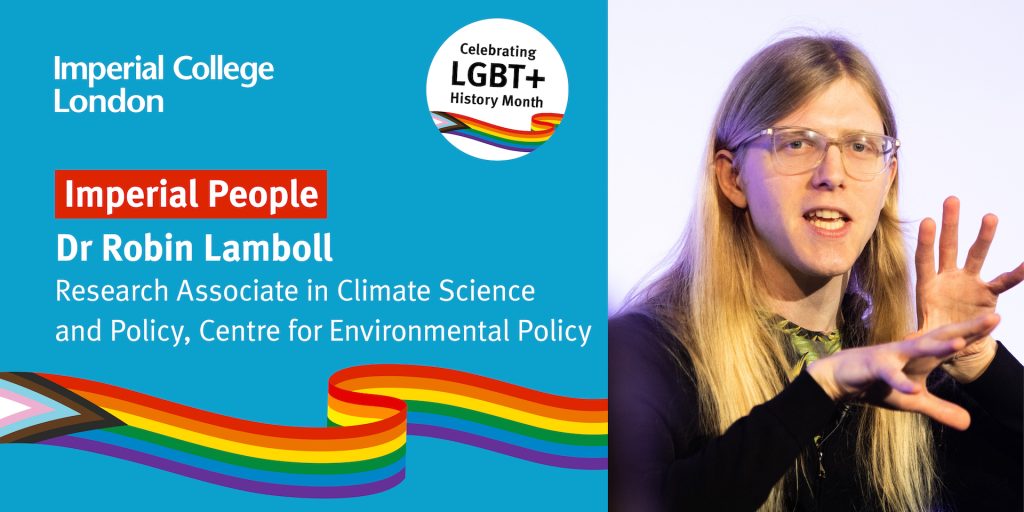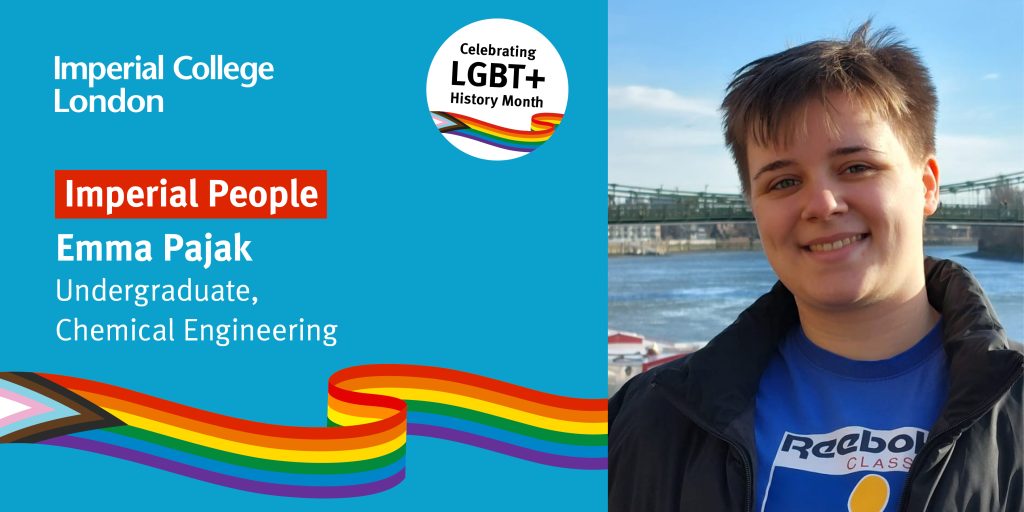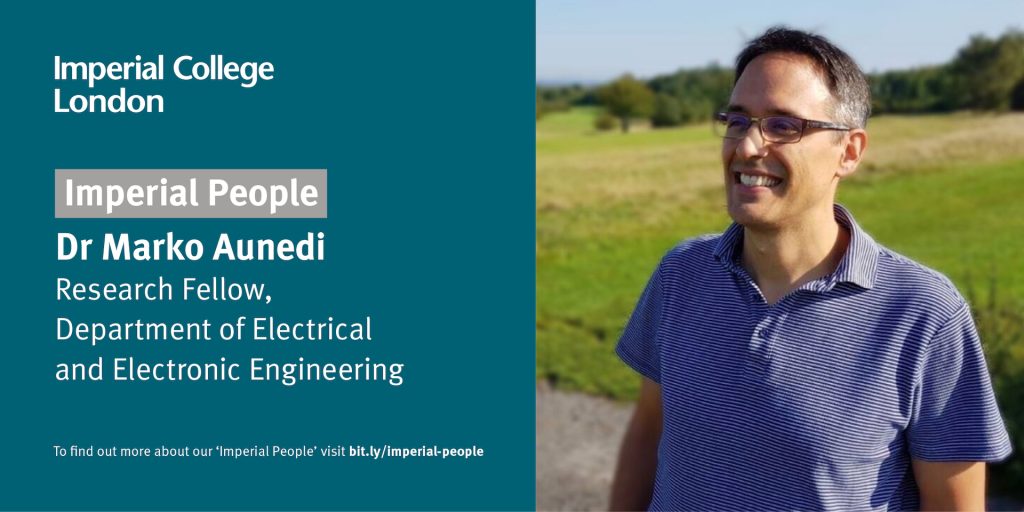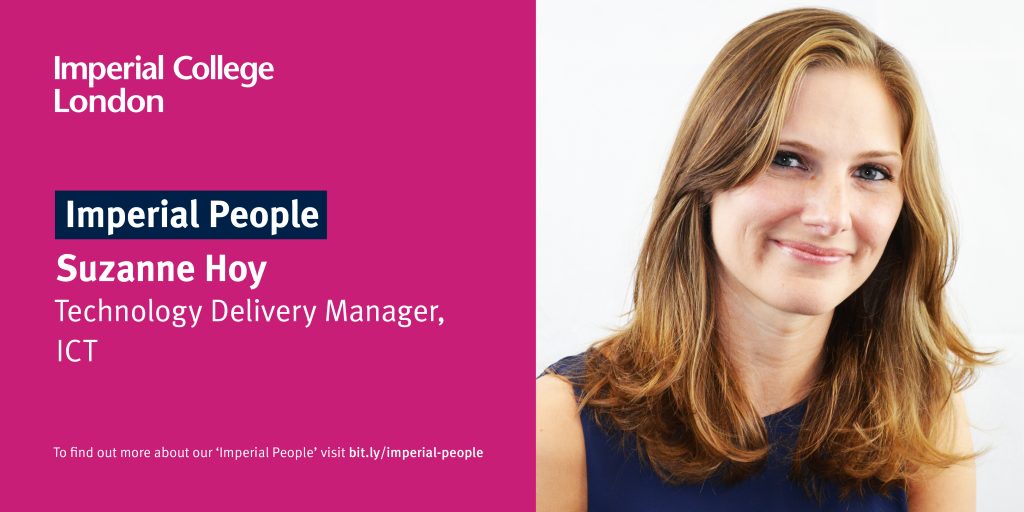
“COP26 was about a month after I got a call informing me that I’d been matched with someone who needed bone marrow”
After doing my undergraduate course in Natural Sciences, I continued at the University of Cambridge to get a PhD in the physics of solar cells. I enjoyed being a student, but not particularly my actual research, so I left academia for two years to work as a consultant to pay off my student loan before becoming a more interdisciplinary scientist, working on climate change.
Currently I do a variety of programming and statistical analyses on emissions data, for instance working out relationships between different types of air pollution. People often want to think only about carbon dioxide emissions, but the other gases we emit can make a big difference too.
I calculate the amount of carbon we can afford to produce while still staying below certain temperature limits for the Intergovernmental Panel on Climate Change (IPCC) – something that has to take account of these other gases and also contribute to estimating the impact of recent climate pledges in the UNEP emissions gap report. You may have read in the news when we updated our conclusion during COP26 to show that if all governments stick to their promises and long-term goals, we might see less than 2C warming. It’s a significant progress milestone, though there’s still a lot of work to do.


